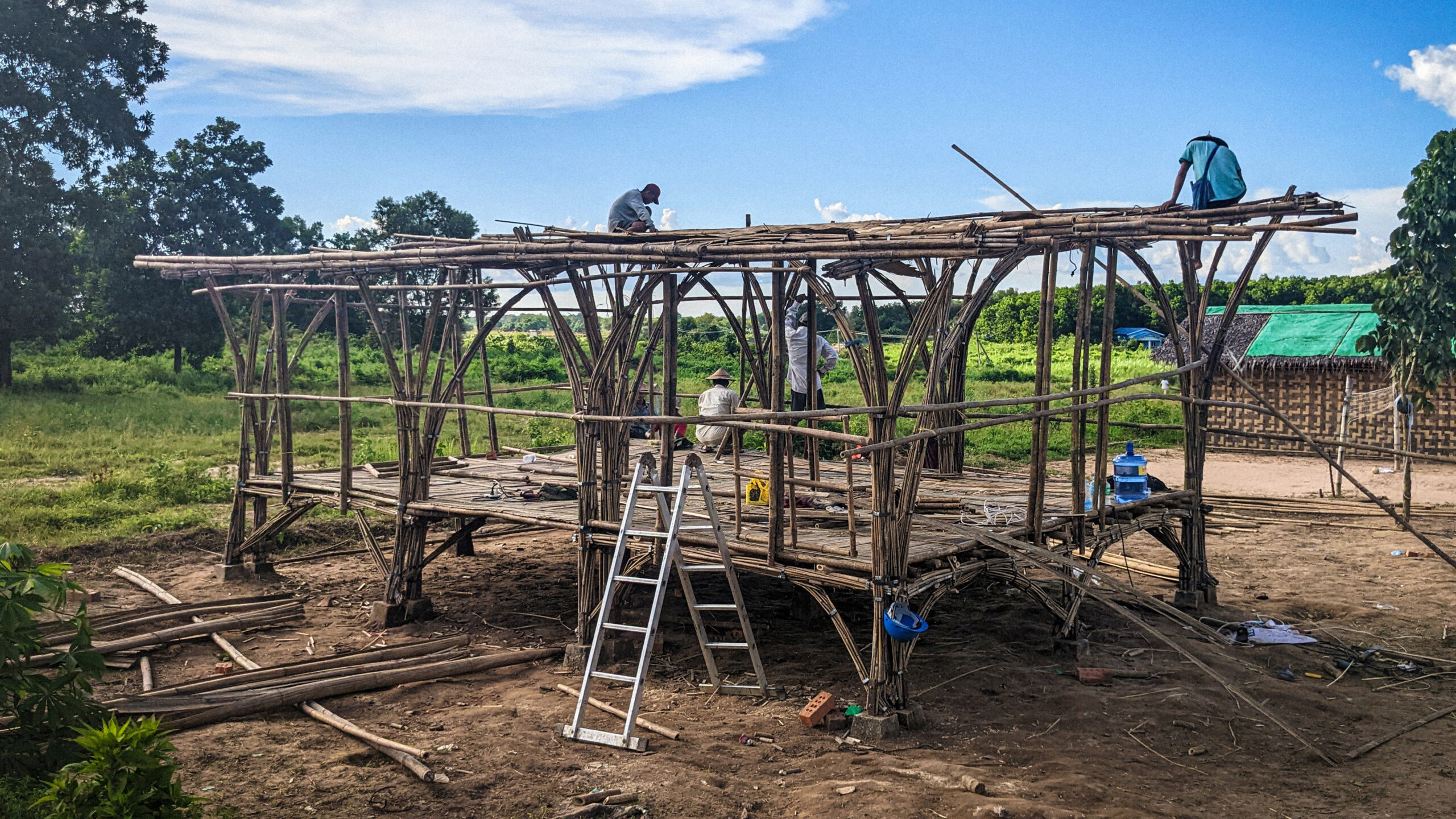The jury and the public have had their say — feast your eyes on the winners of Architizer's 12th Annual A+Awards. Subscribe to our Awards Newsletter to receive future program updates.
In May, it will be three years since the outbreak of civil war in Myanmar. Older generations might remember when it was called Burma, a country that went from a theatre of World War II to internal conflicts and military struggles and, in many ways, never came out.
Decades under the Ne Win dictatorship from the early 1960s to the late 80s collapsed into junta rule; political reformation movements offered some hope to a deeply scarred society and economy, a situation that eventually led to a 2021 coup d’état and more devastating violence. That war continues today.
Almost 2 million people have now been internally displaced by this latest chapter in a bloody modern history. Last year, The Diplomat reported on the “burned, bombed and abandoned villages” that have appeared across the country.
There is an urgent need not just for humanitarian aid but adaptive structures that can, at least in the short or medium term, deal with vast numbers of people who no longer have a place to go — those made homeless by a situation outside their control, in the most brutal sense.
It’s in this difficult landscape that Myanmar-based architectural practice Blue Temple has introduced Housing NOW. Simply put, it’s a cheap, low-impact approach to providing a rapid deployment solution to an escalating crisis.
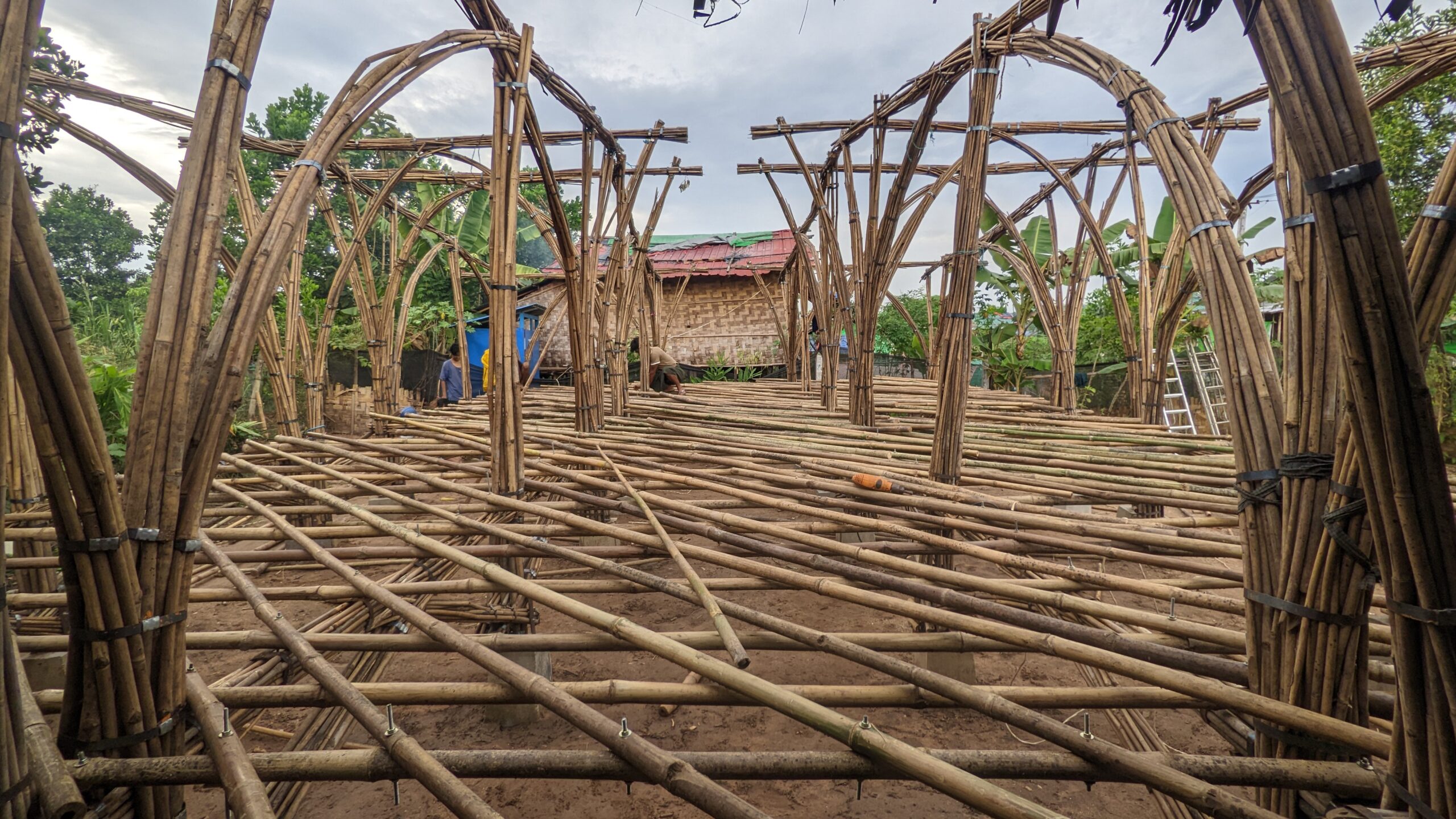
The bamboo frame of Housing NOW by Blue Temple
Remarkably, it also creates a blueprint not just for lightweight construction as an answer to emergencies in the region, but a circular approach to development that can have a significant impact on wider markets.
There are more than 350 species of bamboo in Myanmar, but just seven are suitable for standard construction. The result is an abundance of smaller bamboo types, which are known to be more flexible.
As such, they can form part of highly complex designs and, when bundled together, offer excellent resilience and durability. The result can be more stable than larger, single bamboo. “The structure’s integrity is no longer subjected to its weakest link, it is a composite material within a monolithic structure,” is the official Blue Temple line.
The design uses this as its basis. Prefabricated housing frames made of small bamboo can be assembled in modular sections, answering some of the huge transportation challenges in Myanmar — both in terms of the landscape and remote nature of many locations, endemic and historic lack of infrastructure investment — and the unpredictability of moving around an active conflict zone.
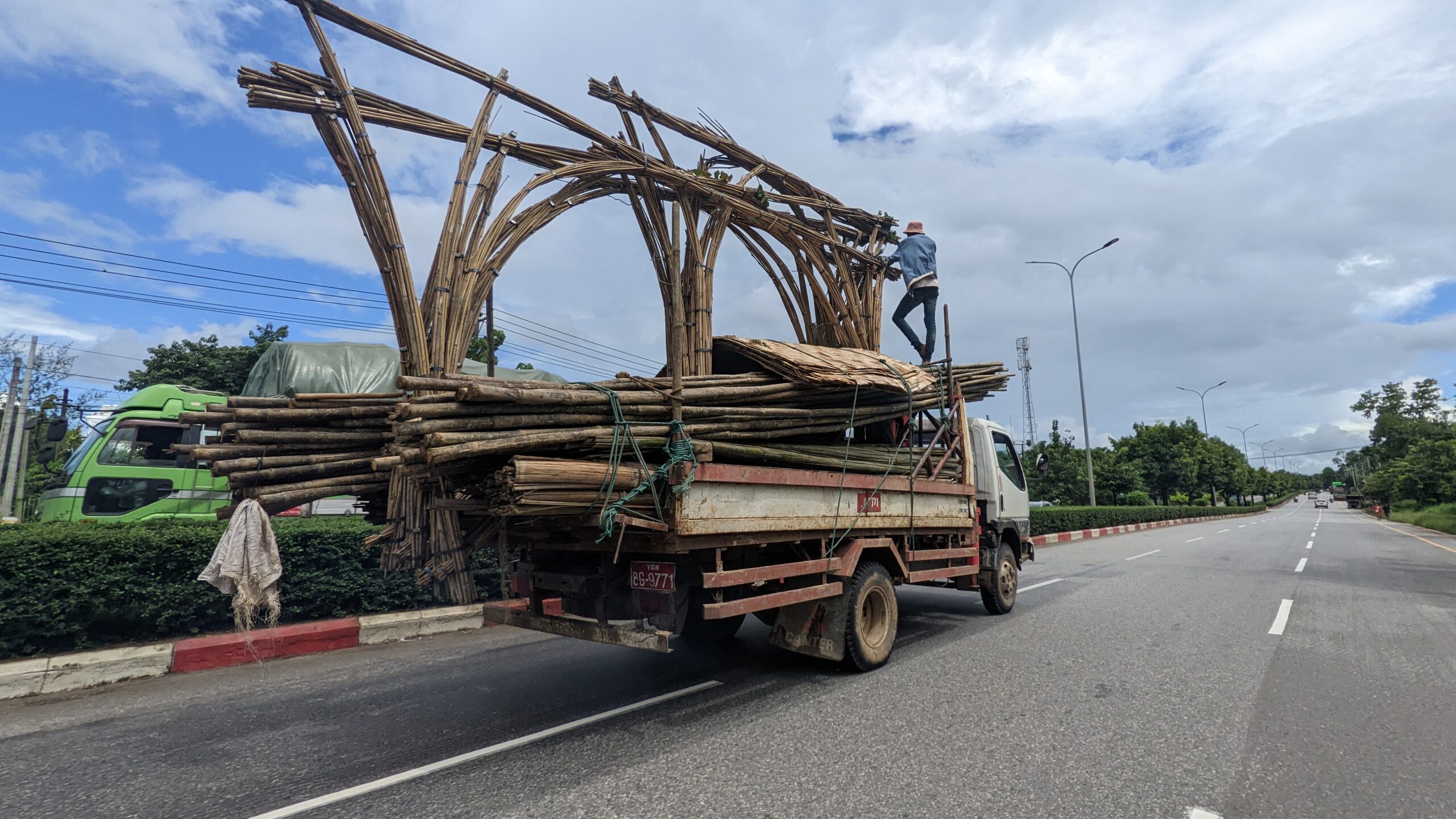
Transporting materials for Housing NOW does not require specialist haulage, by Blue Temple
It’s an innovative solution, and one which is, in many ways, incredibly simple — Housing NOW utilizes processes of building shelters that have been around for millennia. It also relies on materials which are readily available in the immediate area.
Nevertheless, this is far from a basic design, but rather void of superlatives. There’s nothing here which is unnecessary, a necessity of circumstance. But every aspect has been carefully considered and, quite literally, made precisely to measure.
While the idea of producing sections in a hub, effectively a production line, suggest uniformity, here modularity and pre-build can actually mean more specificity in each individual home, depending on factors. How many people will need to live there? What is the condition of the land? Are there other environmental factors that could have an impact?
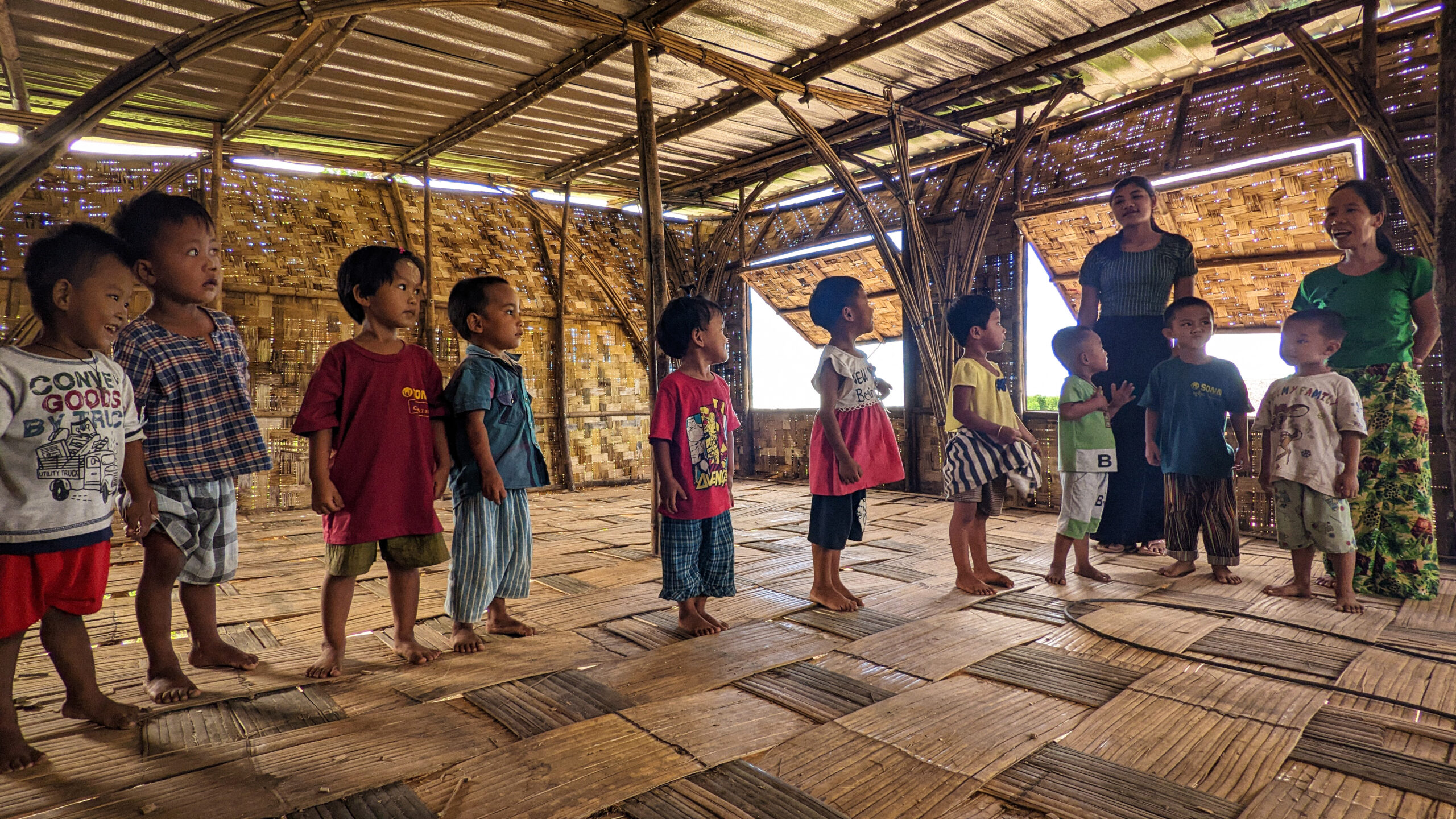
Inside Housing NOW by Blue Temple
Differentiators go beyond this, too. Materials for the walls, floor and roof — essentially most parts that sit on the frame — can vary. A ‘participatory approach’ is taken here, families given a choice as to what they prefer, bamboo, an alternative timber, corrugated steel plates, and other options.
This democratic idea looks to establish an important, personal connection to the building. In turn, we can hope, people moving in feel a sense of ownership, and that this is their home following the trauma of losing a previous residence.
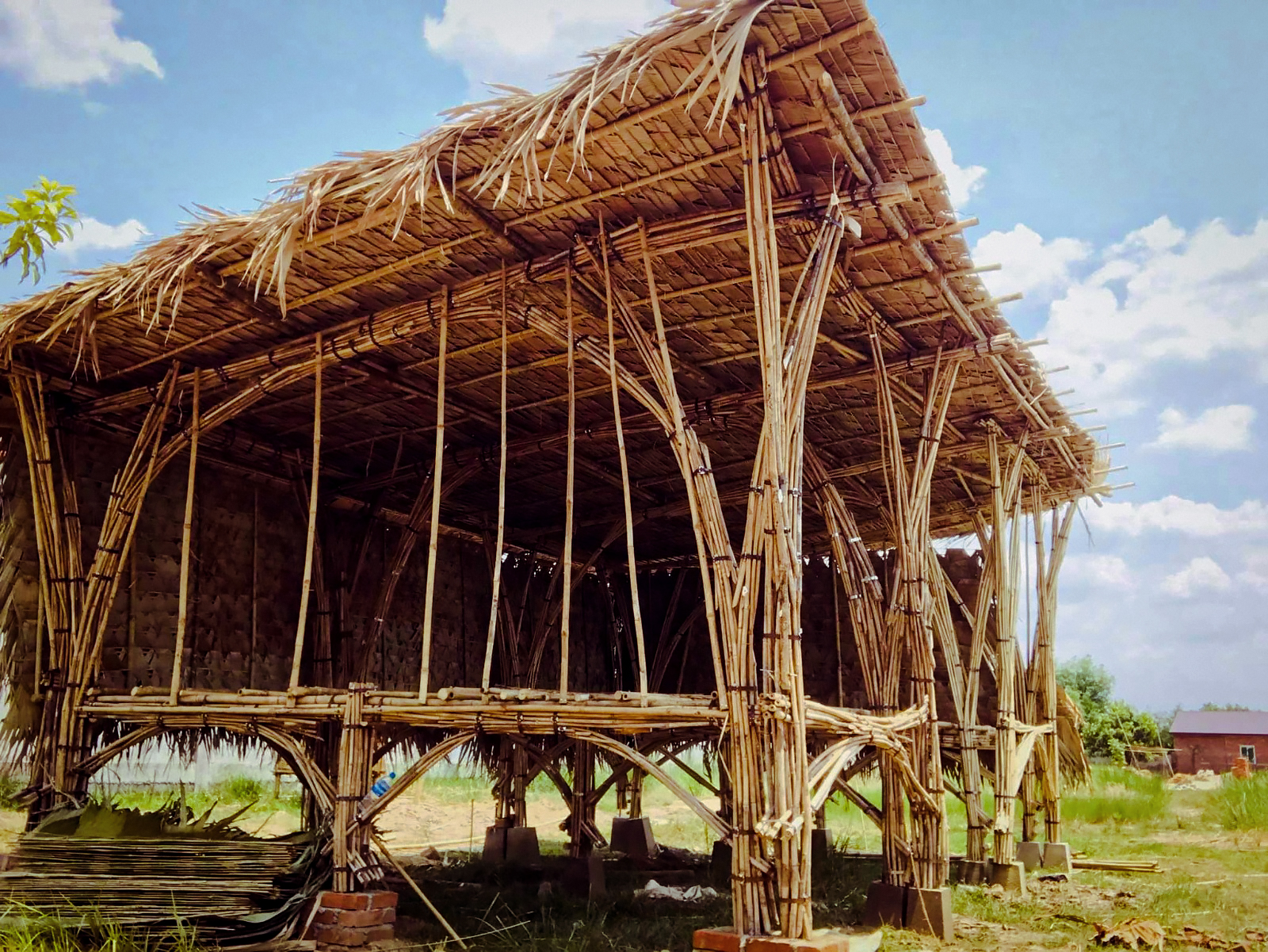
Housing NOW is clearly specific to Myanmar’s devastating circumstances. The design has been based around what is on hand, and achievable, within that situation. But it can be applied in different scenarios, which is where the real genius comes in.
So, while this response must happen now, the buildings are neither temporary nor fixed — they can be longer-term residences, they could be relocated. Perhaps more critically, certainly tragically, the system itself is designed to be produced at scale, and easily be stored. As such, it’s possible to overproduce then rapidly distribute when the next crisis emerges, ensuring future responses are faster, and can help more households facing unimaginable losses.
The jury and the public have had their say — feast your eyes on the winners of Architizer's 12th Annual A+Awards. Subscribe to our Awards Newsletter to receive future program updates.
